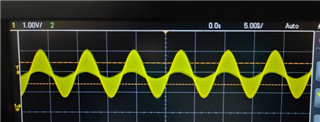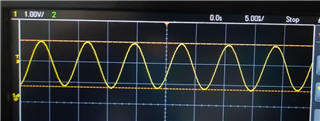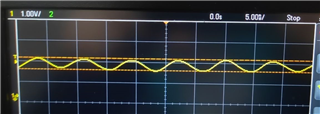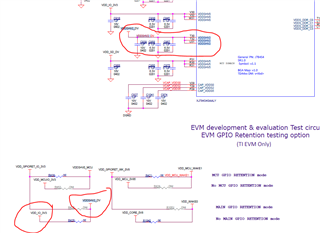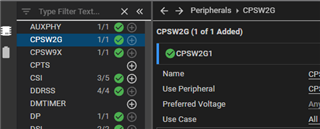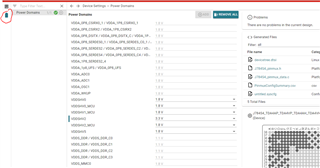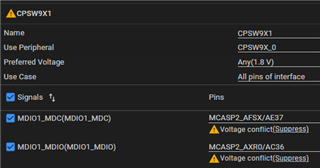Other Parts Discussed in Thread: TDA4VH, SYSCONFIG
My SDK version:
linux: ti-processor-sdk-linux-adas-j784s4-evm-09_01_00_06
rtos: ti-processor-sdk-rtos-j784s4-evm-09_01_00_06
The CPSW2G pin in the native SDK package is connected to the RTL9000AA_RTL9000AN Ethernet device,
and the CPSW2G pin in our test board is directly connected to the external switch chip,
may I ask how to modify the driver to make the Ethernet connected?
The following is a partial hardware schematic of our test board:
j784s4 side:
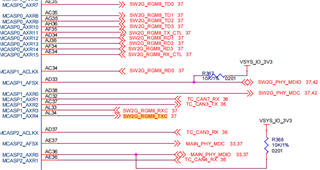
switch chip(BCM89571) side:

Above, thank you.


